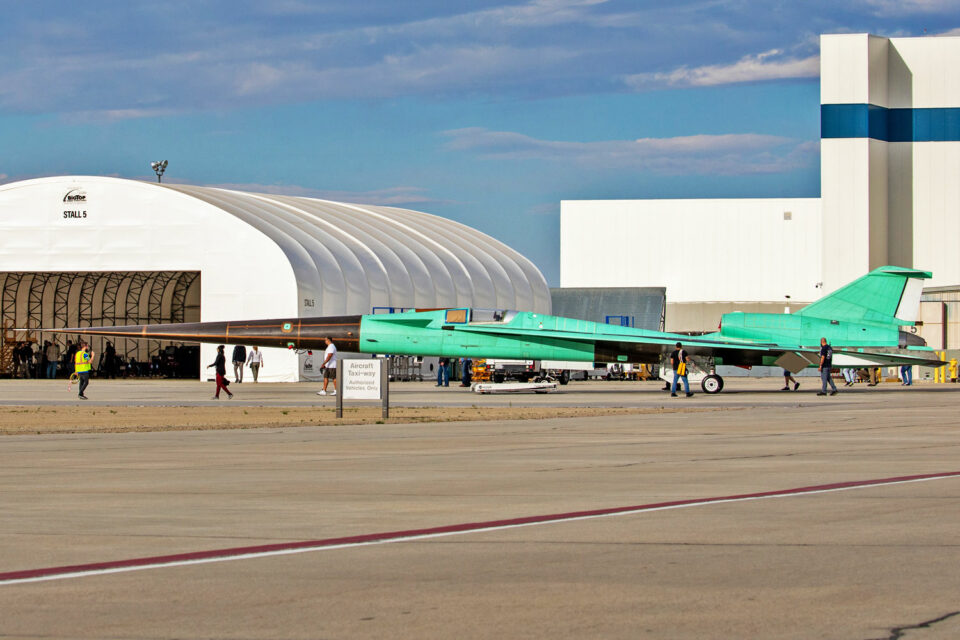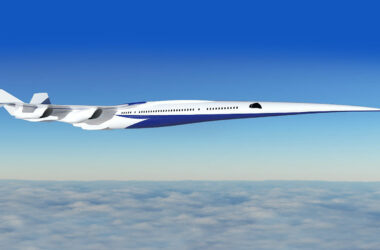NASA’s long-awaited Quesst (Quiet SuperSonic Technology) program, which will study technologies to reduce the noise caused by the supersonic boom, had an important stage revealed, the unveiling of the X-59 prototype, developed by Lockheed Martin.
The US government agency announced that the roll-out of the experimental aircraft will take place on January 12, 2024, an important step towards the maiden flight, expected for next year.
The mission, as NASA calls the program, began in the middle of the last decade, when Lockheed was hired to develop a preliminary project that used concepts capable of reducing or eliminating the noise caused by breaking the sound barrier.
The noise caused by supersonic flight is one of the biggest challenges for civil aircraft to enter into operation, as noise pollution will have to be avoided so that governments can approve their use.

Assembly of the X-59 prototype began in 2018 at the Lockheed Martin facility in Palmdale, California. The first flight was expected for 2023, but in October the agency decided to adjust the schedule and postpone the inaugural takeoff.
The X-59 is an aircraft that resembles a combat fighter, having used some components from other aircraft such as the F-16’s landing gear and the F-15’s life support system.
It has a long length of 29 meters, thanks to the huge nose, which, together with the waist shape of the fuselage, would have the ability to “soften” the supersonic boom.

The aircraft has canards, vertical and horizontal stabilizers and very short wings, in addition to the absence of a windshield in the pilot’s cabin.
Follow ADN: Instagram | LinkedIn | Twitter | Facebook
Lockheed Martin equipped the x-59 with a General Electric F414 engine, used in fighters such as the F/A-18.
It is hoped that learning from the Quesst program can be absorbed by supersonic civil aircraft projects in the future and thus make faster flights a reality for ordinary citizens.






